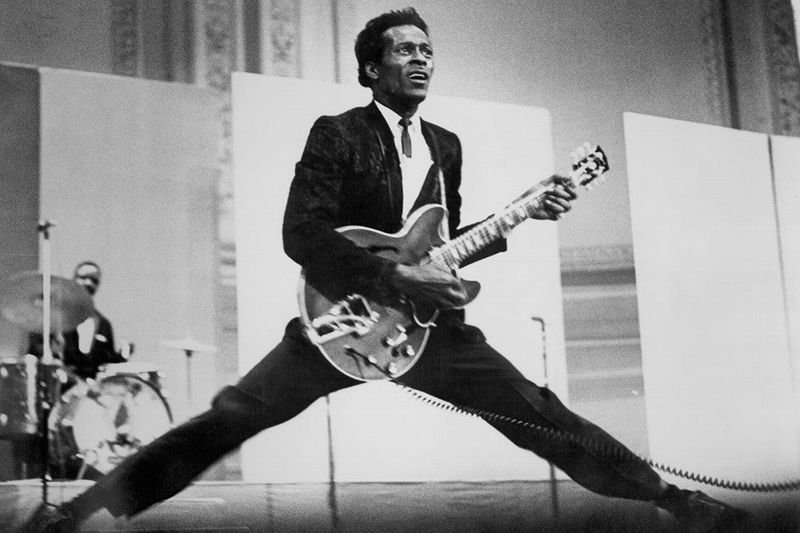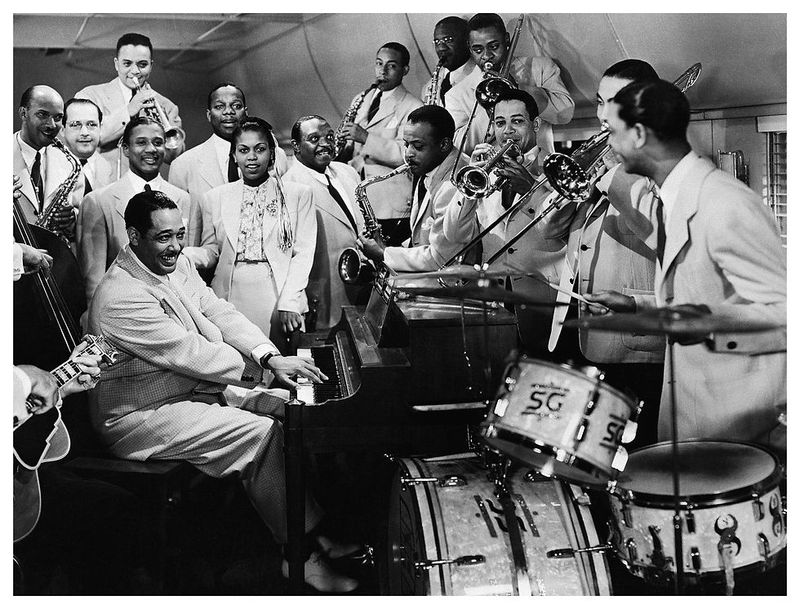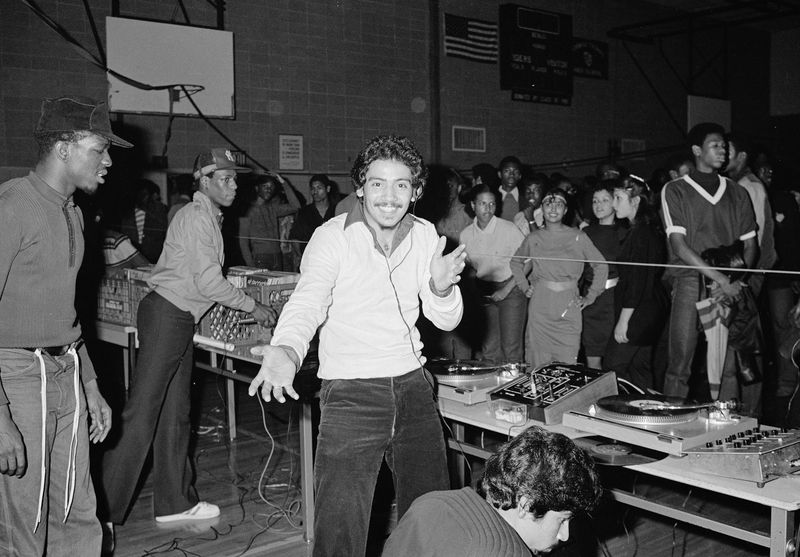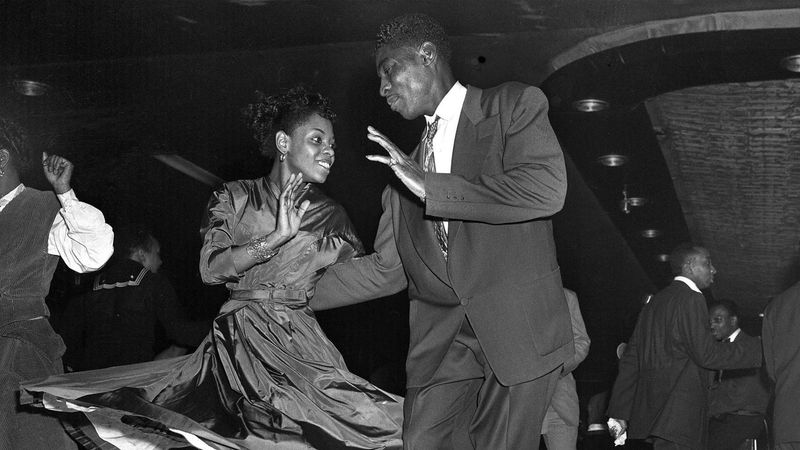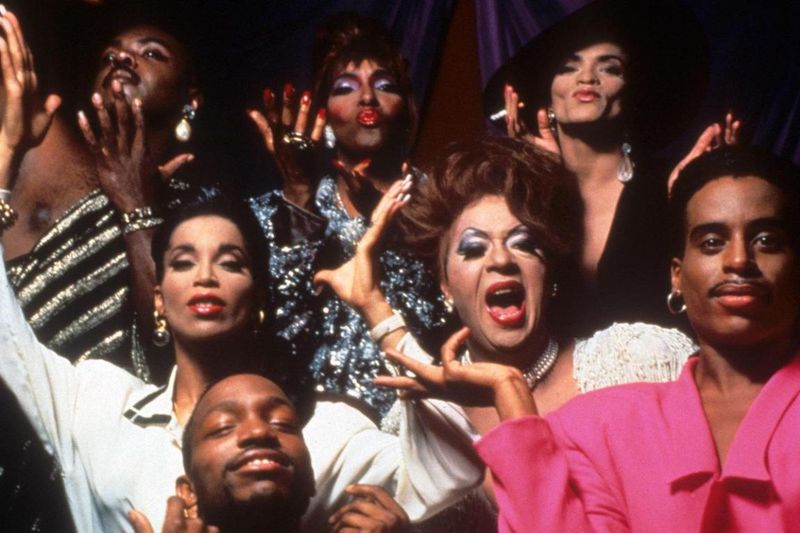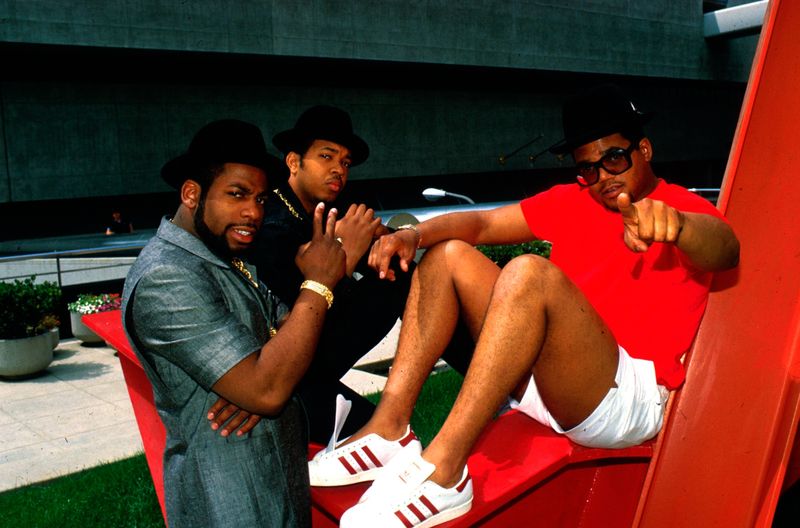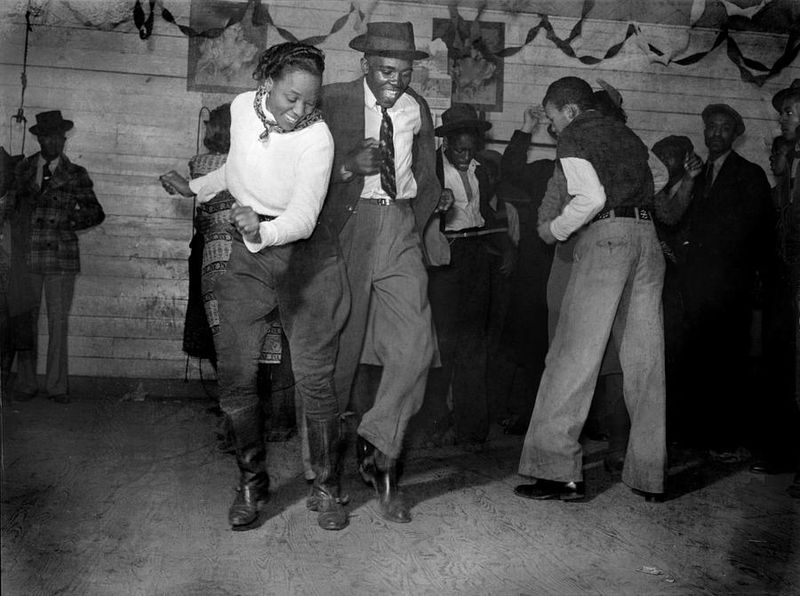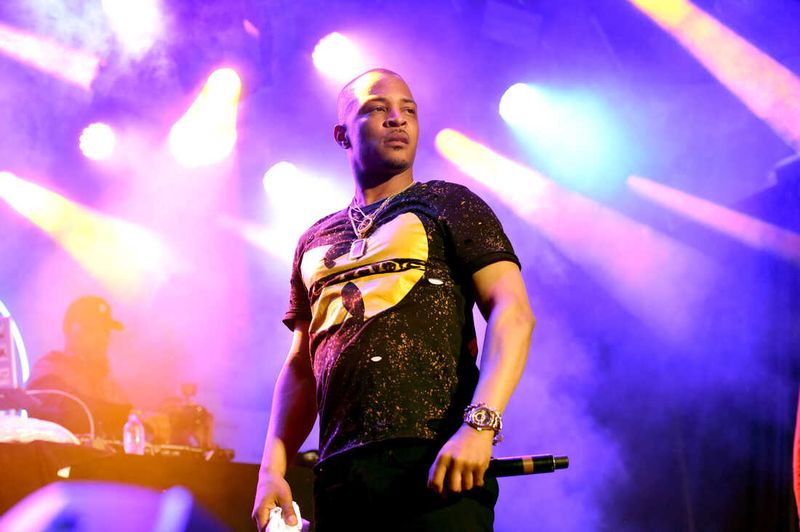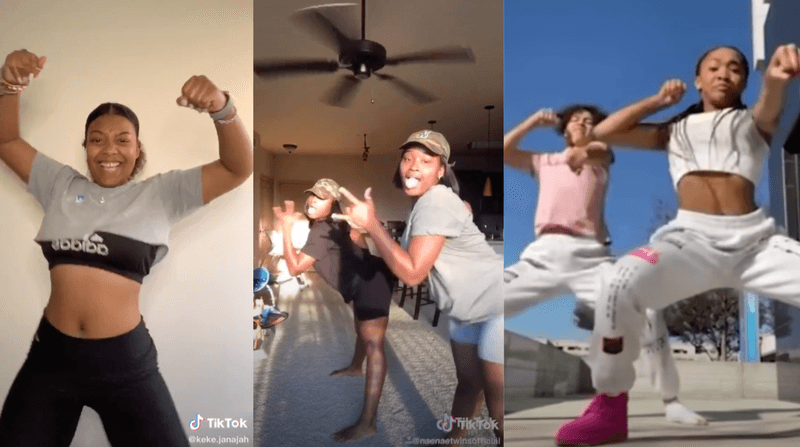Explore the profound impact of Black cultural innovations that have been appropriated and rebranded by mainstream culture. This post highlights eleven such innovations, showcasing their origins, significance, and the unfortunate erasure of their Black roots. Each item is not only a testament to the creativity and influence of Black culture but also a reminder of the systemic barriers that often prevent these creators from receiving due credit. Discover the stories behind these innovations and their lasting legacy in various fields, from music to fashion.
1. Rock ‘n’ Roll
A Black musician in the 1950s passionately playing an electric guitar on stage, evoking the energy and creativity of early rock ‘n’ roll pioneers. Rock ‘n’ Roll, bursting with rhythm and rebellion, owes its vibrant roots to Black musicians like Sister Rosetta Tharpe, Chuck Berry, Little Richard, and Fats Domino. These innovators shaped the sound that would define a generation. Yet, as the genre exploded, white artists like Elvis Presley became the face of Rock ‘n’ Roll, eclipsing its originators. Their mainstream success often came at the expense of those who first gave life to the music’s fiery spirit. This narrative of cultural appropriation underscores a broader pattern that extends beyond music.
2. Jazz & Blues
Within the dimly lit jazz clubs of the 1920s, Black musicians like Louis Armstrong and Bessie Smith crafted the soulful sounds of Jazz and Blues. These genres, rich with emotion and history, emerged from spirituals and African rhythms, offering a voice to the voiceless. Despite their origins, white musicians and record labels capitalized on these sounds, often sidelining Black artists from mainstream acclaim. This commercialization diluted the raw authenticity of Jazz and Blues, yet the heartbeat of these genres remains undeniably Black. The cultural theft that occurred has become a poignant example of how innovation can be co-opted.
3. Hip-Hop & Rap
Amidst the vibrant streets of the Bronx in the 1970s, Hip-Hop and Rap emerged as a powerful expression of identity and resistance. Black and Latino youth, including pioneers like DJ Kool Herc and Grandmaster Flash, created a genre that spoke to their experiences. Yet, as Hip-Hop grew in popularity, white artists and corporations reaped the rewards, often overshadowing the genre’s true architects. This cultural misappropriation highlights persistent systemic barriers. Despite this, Hip-Hop remains a testament to the creativity and resilience of its originators, continuing to influence global music and culture.
4. Dance Moves
Dance has always been a vibrant form of expression in Black communities, with iconic moves like the Charleston and Moonwalk originating from African American dancers. These moves, filled with flair and innovation, captivated audiences worldwide. However, as white performers adopted these styles, the origins were often forgotten. The trend continues today, with TikTok dances frequently going viral without credit to their Black creators. This ongoing appropriation not only erases the cultural significance of these dances but also highlights broader issues of recognition and respect in the arts.
5. Vogueing & Ballroom Culture
In the dimly lit ballrooms of 1980s Harlem, Black and Latino LGBTQ+ communities created Vogueing and Ballroom Culture as a celebration of identity and artistry. This vibrant subculture offered a space for expression and acceptance. Yet, when Madonna’s “Vogue” thrust it into the mainstream, the pioneers were largely sidelined. This commercialization failed to acknowledge the community’s struggles and creativity. Despite this, Ballroom Culture endures as a symbol of resilience and pride, continuing to inspire and influence fashion, music, and dance around the world.
6. Streetwear & Sneaker Culture
Streetwear and Sneaker Culture, with its roots in Black urban communities, emerged as a bold statement of style and identity in the 1990s. From oversized clothing to coveted sneaker collections, these trends reshaped fashion narratives. High-end brands and white influencers later capitalized on these styles, often excluding the original creators from the conversation. Despite the commercial expropriation, the essence of streetwear remains a tribute to the innovative spirit of its originators. This ongoing cultural conversation challenges the fashion industry to recognize and respect its diverse influences.
7. African American Vernacular English (AAVE)
African American Vernacular English (AAVE) is a rich and legitimate dialect rooted in Black communities. It reflects a unique linguistic heritage and cultural identity. Despite its significance, AAVE has often been appropriated by white influencers and corporations in memes, slang, and marketing, while Black speakers face discrimination for using it. This double standard underscores broader societal issues of language and power. Yet, AAVE endures as a vibrant testament to the creativity and resilience of its speakers, continuing to influence global culture and communication.
8. Cornrows, Dreadlocks & Protective Styles
Cornrows, Dreadlocks, and Protective Styles have long been a significant aspect of Black culture, carrying deep historical and spiritual meanings. These hairstyles, passed down through generations, represent resilience and identity. Yet, when white celebrities adopt them as fashion statements, the cultural roots are often ignored. This appropriation highlights the ongoing struggle for Black individuals to express themselves without facing prejudice. Despite these challenges, protective styles continue to symbolize strength and cultural pride, offering a powerful statement of identity and beauty.
9. Juke Joints
In the post-slavery South, juke joints became vibrant hubs of Black community life, offering music, dance, and camaraderie. These spaces nurtured the sounds of blues and jazz, shaping the future of American nightlife. While modern clubs owe much to these early venues, their Black origins are seldom acknowledged. This erasure reflects a broader pattern of cultural appropriation. Despite this, the spirit of the juke joint lives on, continuing to influence music and social gatherings across the globe, serving as a testament to the enduring legacy of Black cultural innovation.
10. Trap Music
Originating in the Southern United States, Trap Music emerged in the 1990s as a gritty, bass-heavy genre reflecting the realities of Black life. Artists like TI and Gucci Mane pioneered this sound, offering raw storytelling and innovative beats. However, as the genre gained popularity, white artists and EDM producers often overshadowed its origins. This commercialization overlooked the struggles and creativity of its creators. Despite these challenges, Trap Music remains a powerful voice within the music industry, continuing to shape global musical trends and narratives.
11. Social Media Challenges & Viral Dances
Black creators on platforms like Vine and TikTok have been at the forefront of social media challenges and viral dances, sparking global trends. These dances, often born from creativity and community, capture the joyful spirit of Black culture. Yet, as white influencers profit from these trends, the original creators frequently go uncredited. This appropriation underscores ongoing issues of recognition and representation. Despite this, Black creators continue to lead and innovate, their contributions shaping the digital landscape and inspiring a new generation of artists and entertainers.

